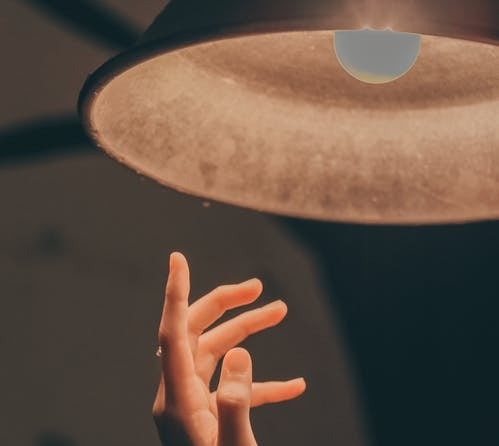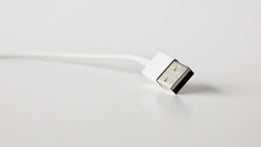If there’s one thing every house needs more of, it’s electrical outlets. When basically every member of your household has a smartphone, a tablet or a laptop, plus other personal electronics like televisions and game consoles, there are never enough places to plug in. And that’s not taking into account all the other electronic gadgets that most people have in their homes these days.
Fortunately, it’s easy to add more outlets to your home without calling an electrician. Most homeowners find wiring an outlet to be one of the simpler DIY electrical projects. Follow these steps to learn how to remove a light fixture and wire an outlet in its place.
1. Buy a New Receptacle
You’ll need to purchase a new receptacle (outlet) and receptacle cover at your local hardware store. You’ll probably need to get a round receptacle cover, especially if you have an octagonal junction box.
If you want to continue having a light in the fixture but need a receptacle as well, you can install a lamp-holder-to-outlet adapter instead. You don’t even need to know how to replace an outlet if you use an adapter. They screw right into the outlet and contain both receptacles and a light bulb socket. If you don’t need a light in the fixture, or don’t want to make permanent changes to the fixture, you can buy an adapter with just a receptacle.
2. Gather Your Tools
You will need:
- Needle-nose pliers
- A screwdriver
- Wire strippers
- A non-contact voltage sensor
Making sure you have the right tools on hand before you start the job will cut down on frustration.
3. Cut the Power
To avoid electrocuting yourself, turn off the power to the light switch at the main circuit panel.
4. Unscrew the Light Fixture
First, remove the glass globe or other covering from your light fixture. Then locate the mounting screws that attach the fixture itself to the junction box and remove the fixture.
5. Disconnect the Wires
Once you’ve removed the screws affixing the light fixture to the ceiling, disconnect the wiring to your light fixture. Either remove the wire nuts or unscrew the screws holding the wiring in place.
6. Set Aside the Light Fixture
Hang on to it, as you might want to install it elsewhere or put it back later.
7. Restrip the Wiring
You may need to restrip the ends of the wires coming out of the junction box. Cut off the previously stripped ends and restrip the wires to expose about half an inch of copper.




